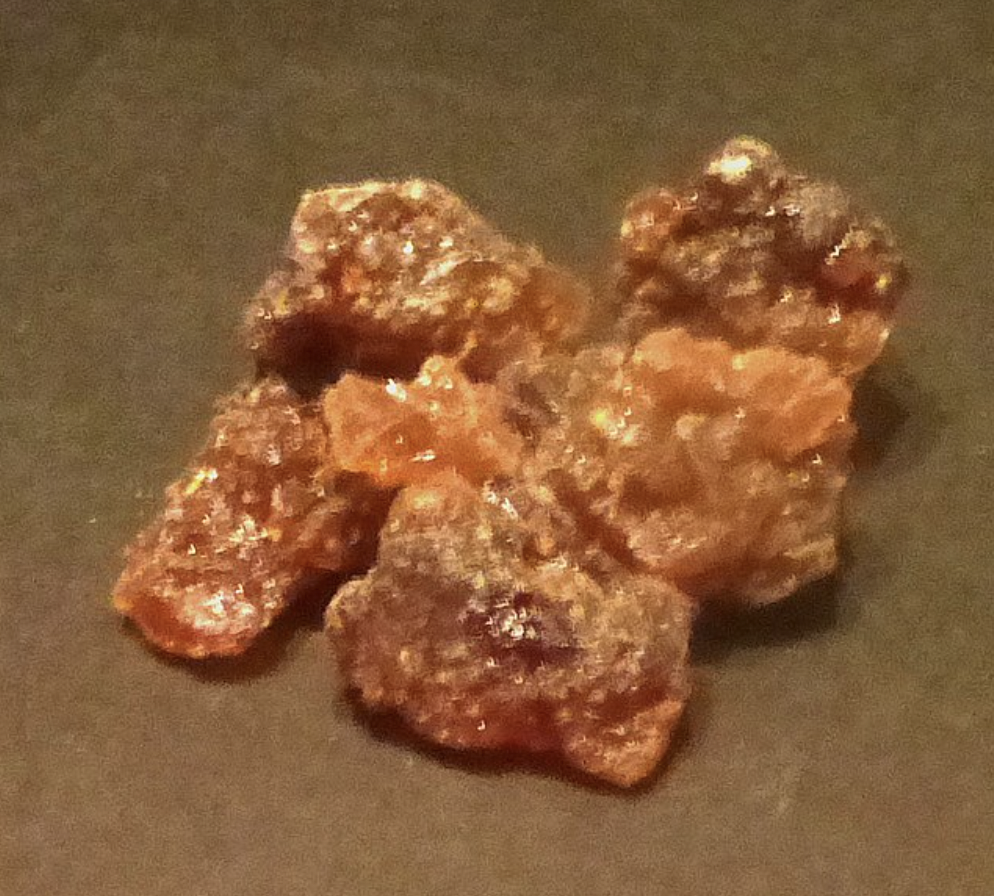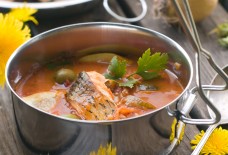The Secret Healing Practices of Arab Herbalists: Ancient Remedies and Their Enduring Legacy in Modern Medicine
Rania Basria / Arab America Contributing Writer
Throughout decades and countries, the healing arts have evolved in countless ways. Arab herbalism is one of the most fascinating and powerful traditions, harnessing nature’s richness while also laying the groundwork for modern medicine. Arab herbalists created hidden medicines and healing procedures that are still relevant today, drawing on a combination of old wisdom, direct observation, and inventive methodology.
During the medieval period, Arab intellectuals and medics became caretakers of a great corpus of knowledge passed down from Greek, Roman, Persian, and Indian traditions. At a period when much of the ancient world’s wisdom was in danger of being lost, Arab herbalists and medics translated and built on foundational books, combining practical experience with theoretical insight. Distinguished works such as Avicenna’s Canon of Medicine and Al-Zahrawi’s treatises not only recorded the medicinal characteristics of numerous plants, but also outlined precise processes for making cures. This intellectual work insured that their combined medical heritage would be preserved and eventually affect modern scientific research.
Ancient Remedies: Plants and Their Potent Properties
Arab herbalists held a nearly reverent view of the natural world. Their intimate connection to the environment prompted them to locate, produce, and enhance plant-based treatments. Some of the main botanicals were: Aloe vera, known for its calming, anti-inflammatory, and antibacterial characteristics, was used extensively in wound care and skin treatments. Its sap was frequently administered directly to burns and injuries, a practice that modern medicine has confirmed for its effectiveness in facilitating recovery. Myrrh: This fragrant resin was valued not just for its scent, but also for its antibacterial and antiinflammatory effects. Myrrh, which is used as a topical agent as well as in medicinal infusions, is still being researched for its ability to treat infections. Saffron: Aside from its culinary appeal, saffron was used for its alleged mood-boosting and pain-relieving effects. Its bioactive components are currently being investigated for their impact on depression and cognitive function.Chamomile and fennel: These herbs were frequently prepared into teas and mixtures to treat digestive problems and to relax the body during times of stress and illness. These botanicals, among many others, were chosen not only for their individual characteristics, but also for their synergistic effects when combined—a practice that is still important in modern phytotherapy.

Techniques and Innovations in Healing
The Arab world’s herbal medicine was distinct not only by the plants utilized, but also by how they were prepared and delivered. Arab herbalists invented various novel procedures, several of which have clear analogies in modern pharmacology: Distillation was arguably one of the most transformational processes. Herbalists could isolate powerful chemicals for therapeutic purposes by heating and extracting essential oils from herbs. This technology paved the way for the subsequent development of contemporary essential oil extraction and pPharmaceutical distillation procedures, which are used to produce a wide range of drugs. Herbalists used maceration and infusion processes to extract the therapeutic compounds of plants. These methods helped to extract active components, making them more bioavailable. The regulated extraction of these chemicals paved the way for modern medication formulation processes. Compound Formulas: Rather than depending on single-ingredient cures, Arab herbalists frequently mixed several herbs to produce complicated concoctions tailored to specific diseases. This holistic approach, which took into account the equilibrium of the body’s humors and energies, influenced the present practice of combination therapy in treating chronic diseases.
The thorough records of these approaches, which are frequently supplemented by careful observations and dosage suggestions, demonstrate a deep understanding of both the art and science of healing. Their approach prioritized precision, balance, and respect for nature’s inherent healing abilities.
Impact on Modern Medicine
The impact of Arab herbal traditions goes well beyond their historical setting. Many current medications and treatment techniques owe their development to the painstaking labor of these early herbalists. Some major contributions include: Pharmacognosy and Drug Discovery- the systematic study of therapeutic plants, known as pharmacognosy, originated with Arab herbalists’ cataloging efforts. Modern drug development frequently begins with the screening of traditional treatments to identify active chemicals, which is similar to the empirical approaches utilized centuries ago. Holistic and Integrative Medicine: Today’s holistic health movements, which emphasize the integration of traditional medicine and complementary therapies, reflect Arab practitioners’ comprehensive, body-mind approach. Their philosophy in balancing the physical, emotional, and spiritual elements of wellness is becoming more widely accepted in integrative healthcare paradigms. Extraction and Formulation Techniques- arab herbalists pioneered distillation, infusion, and compound formulation technologies, which have evolved into complex pharmaceutical chemistry techniques. The ability to extract and standardize bioactive molecules has transformed modern medicine, enabling the development of consistent, high-quality pharmaceuticals. Preservation of Traditional Knowledge- the old manuscripts and texts preserved by Arab academics are important historical documents. They continue to inspire academics and practitioners today, bridging the divide between conventional wisdom and modern scientific inquiry.
The Lasting Legacy
In an era dominated by high-tech laboratories and synthetic drugs, the secret healing practices of Arab herbalists remind us of the profound connection between nature and human health. Their innovative use of natural remedies, meticulous recording of empirical data, and holistic approach to healing laid the groundwork for many of the practices and principles we take for granted in modern medicine.
Arab herbalism teaches us that the path to wellness often begins with understanding and harnessing the gifts of the natural world. As research continues to validate and expand upon these ancient practices, it is clear that the legacy of Arab herbalists is not confined to dusty manuscripts and historical texts—it lives on in the laboratories, clinics, and healing practices of today.
In celebrating these ancient traditions, we acknowledge not only the cultural and historical richness of the Arab world but also the enduring human quest to heal, rejuvenate, and understand the mysteries of life. The secret healing practices of Arab herbalists are a testament to the power of knowledge, the importance of tradition, and the timeless relationship between humanity and nature.
Want more articles like this? Sign up for our e-newsletter!
Check our blog here!









